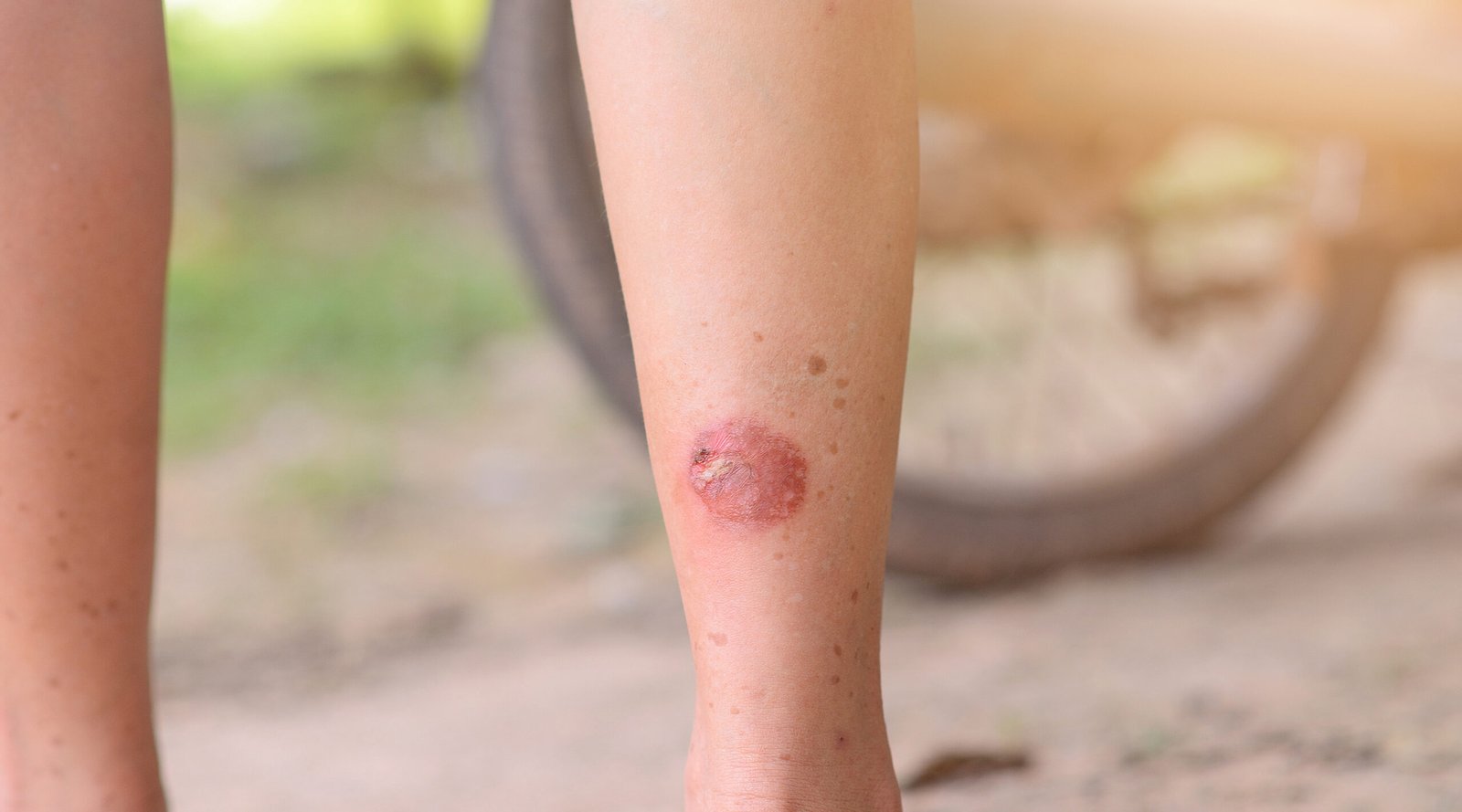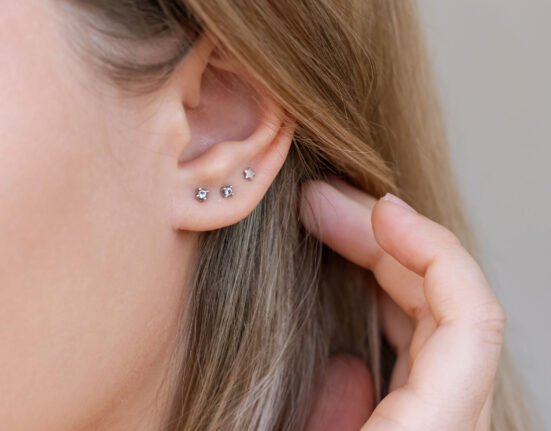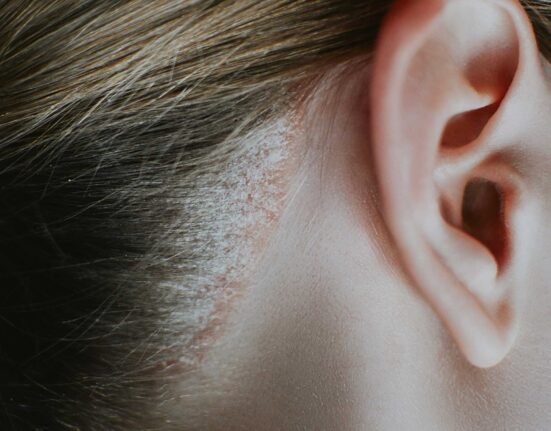Exhaust Pipe Scars: How to Fade Them Effectively with Scar Gel
Exhaust pipe burns are a common risk when riding a motorcycle. While riding may be convenient, the danger of touching a hot exhaust pipe is hard to avoid.
At first, exhaust burns may look minor, but they often leave permanent marks on the skin.
Why Does the Exhaust Pipe Often Leave Scars?

There are several reasons why exhaust burns are more likely to cause scarring compared to other types of injuries:
1. Extremely High Temperatures
Motorcycle exhaust pipes can reach temperatures of several hundred degrees. Just a brief touch can cause a second or even third-degree burn, damaging deeper layers of the skin.
2. Location Prone to Friction
Exhaust burns usually occur on the outer leg or calf areas that frequently rub against clothing, shoes, or other surfaces. This constant friction can slow down the healing process.
3. Higher Risk of Infection
If the wound isn’t cared for properly, dirt and bacteria can enter the damaged skin. Infection worsens tissue damage and increases the likelihood of scar formation.
4. Excess Scar Tissue Formation
During healing, scars often form because damaged skin cells cannot regenerate. To repair the area, the body produces collagen, a protein that helps build new tissue.
However, the collagen in a healing wound isn’t arranged as neatly as in normal skin. As a result, the affected area may become thicker, stiffer, and a different color. This is what we recognize as a scar.
How to Care for the Exhaust Pipe to Prevent Scarring
If you suffer an exhaust burn, immediate and proper first aid is crucial to reduce the risk of scarring. Cooling the burn and cleaning the wound are the first important steps.
Quick and correct treatment can lessen the severity of the burn, lower the risk of infection, speed up healing, and help prevent permanent scars.
Here’s what you can do:
1. First Aid
- Rinse the area with running water for 10–15 minutes to cool the skin.
- Do not apply toothpaste, oil, or butter, as these can worsen the burn.
- If blisters appear, don’t pop them. Blisters protect the underlying skin tissue.
2. Keep the Wound Clean
Use a gentle antiseptic to clean the burn. A product like wund+™ Wound Spray helps prevent infection while creating an optimal environment for healing. It is also effective in removing dirt and bacteria.
3. Protect from Friction
Cover the wound with a sterile gauze to avoid irritation and contamination. Change the dressing regularly.
4. Scar Treatment
Once the wound has dried, apply a scar care product such as wund+™ Scar Gel. Its ingredients, Glycerin, Citric Acid, and Silicone, help improve wound healing. It also contains innovative Centella Reversa, which accelerates skin repair and recovery.
5. Seek Medical Attention if Necessary
If the burn is deep, pain worsens, or signs of infection appear, such as pus, swelling, or red streaks spreading from the wound, consult a doctor immediately.
Exhaust burns often leave scars because of extreme heat, frequent friction, and a high risk of infection. However, with proper care from the very beginning, you can minimize the chance of developing long-term scarring.
Watch Out for Signs of Infection
Infection is a common complication of burns. Be alert for these warning signs:
- Increasing pain
- Swelling
- Warmth or redness around the wound
- Dark streaks are spreading from the burn site
If you notice any of these symptoms, seek medical advice immediately.
References
BRCA. Accessed in 2025. Is an exhaust burn a thermal burn? Everything to know about vehicle exhaust burns and how to treat them
Dermatix Asia. Accessed in 2025. Treating your motorcycle exhaust pipe burn
We win. Accessed in 2025. Treating a Motorcycle Burn – Tips & First Aid














Leave feedback about this